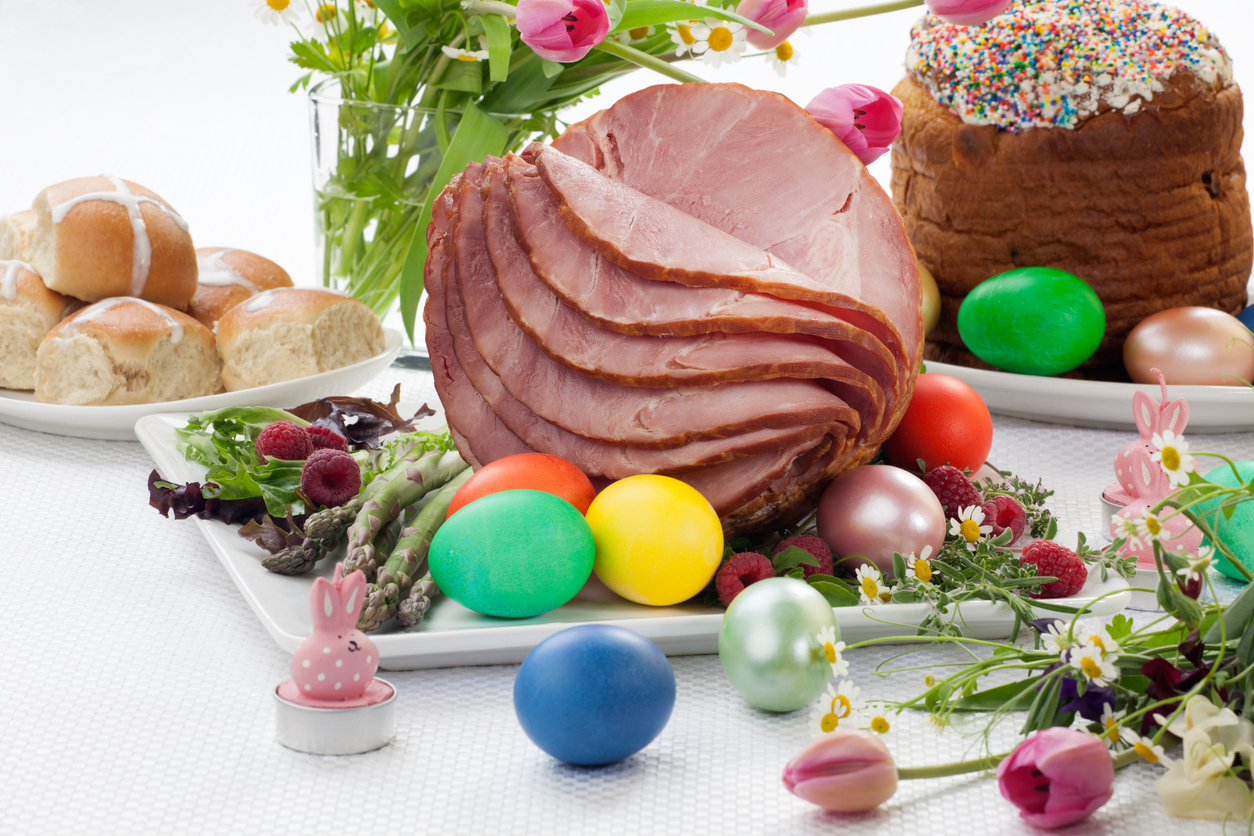Right now is a great time to start a garden for the first time or the fiftieth time, and one of the great things about gardening is that there is that it can be done at any level by anyone from a novice with a few plants to a master gardener with multiple beds. Gardening is a perpetual experiment, and every garden is a work in progress. Here are a few tips to get you started or get you going again.
Before you plant anything, consider your soil, your hardiness zone, and the amount of sun available. Your first step is to decide where to plant. Ideally, you want a site that receives 6 to 8 hours of sunshine daily, though there are some perennial plants that will happily grow with less. If possible, avoid a spot away from heavy winds if you plan to plant tender annuals whether they are vegetables or flowers, though once they are established, most plants are quite wind tolerant. You also need to decide how public or private your garden will be to the eyes of others. Are you looking for a show of floral color, or focusing on food only, or are you considering a mix?
Be sure your soil drains rather than puddles (you don’t want to drown your plants), but you also don’t want soil that has too much sand or gravel that it drains too quickly and leaves your plants susceptible to drought (UConnHome and Garden Education Center). If you are concerned about your soil, the best thing to do is have it tested. Soil tests are not expensive and will provide you with advice on how to amend your soil if necessary so you can be sure your efforts bear fruit (UConnHome and Garden Education Center).
Your hardiness zone is also something to consider if you are planting perennials. Unfortunately, garden centers will often sell plants that are not appropriate for a local hardiness zone, so it is important to be aware of your zone before purchasing a perennial that you are hoping to maintain for more than one year. (See link below with a map for hardiness zones in Connecticut.)
To get the most of your vegetable plants, you want to have them in the ground as soon as possible. See the link below from Urban Farmer to help guide you through the timing of getting your plants in the ground. Wondering what to start with? The Old Farmer’s Almanac recommends lettuce, green beans, peppers, tomatoes, carrots, peas, and a few other easy vegetables for someone looking to get started. The Almanac also reminds newbies to start small with the adage “It’s better to be proud of a small garden than frustrated by a big one.”
Utilize your resources and remember that gardening is a never-ending experiment. Most gardeners LOVE to discuss their successes and failures, and they are usually the best resources for you to learn what plants do well in your area and what to avoid.
So what are you waiting for? Get out there and get growing!
Our staff at Waitte’s Insurance Agency wish you a fruitful spring. Give us a call when you are ready to discuss your unique insurance needs.
Connecticut USDA Hardiness Zone Map
UConn Home and Garden Education Center
The Old Farmer's Almanac "Vegetable Gardening for Beginners"



